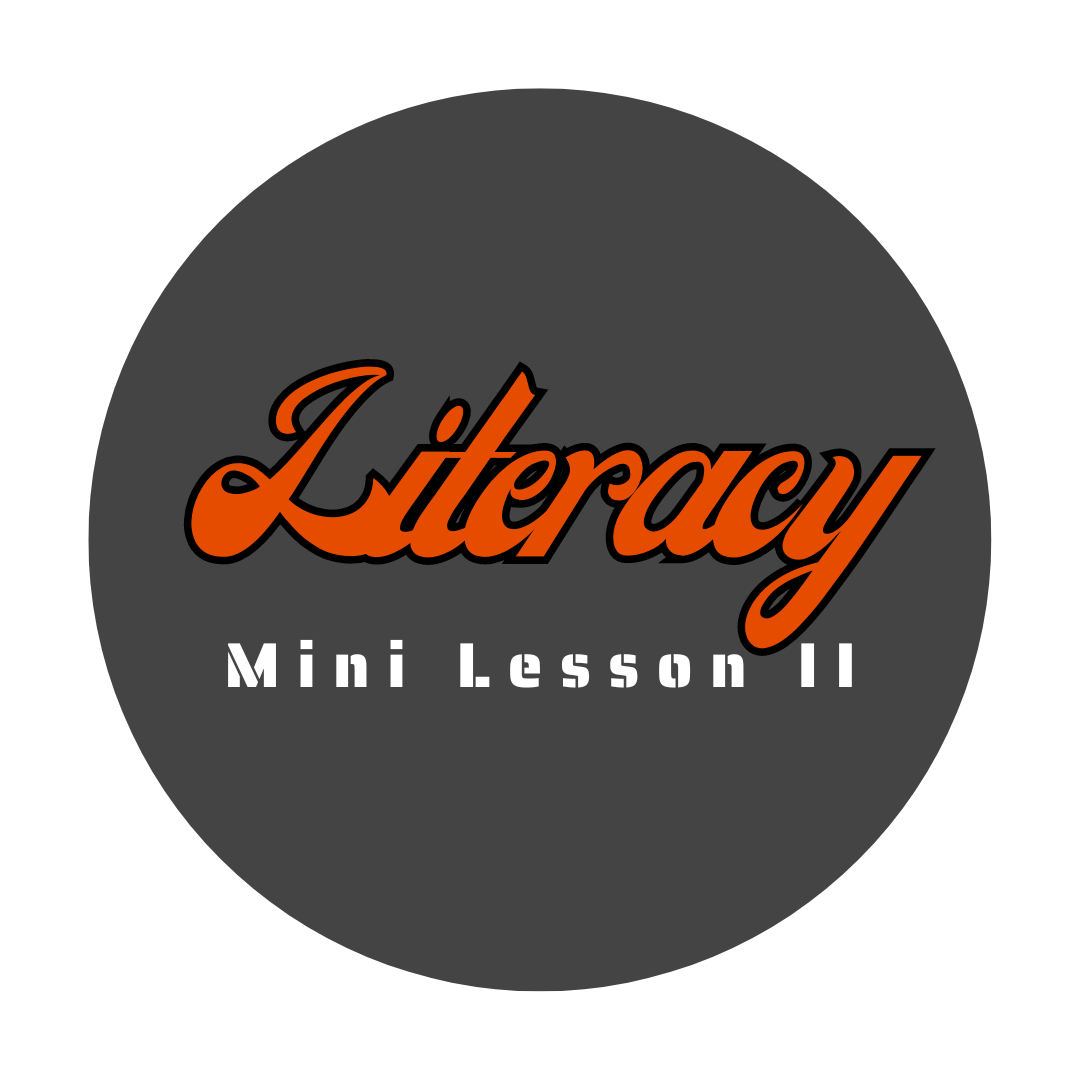Literacy Mini Lesson III
I spent the last three weeks visiting a grade six class during their English Language Arts period. During my visits, the students were working on a creative writing project, focusing on elements of a story, characters, dialogue, and setting. The students had already started their projects when I first visited the classroom; each student was creating their own fairytale, consisting of unique characters, settings, and storylines. To start the lesson, the teacher read them a story that featured a lot of dialogue (Cinderella Big Foot). She pointed out how everytime a new character spoke, it started a new paragraph, and the spoken words were written inside of quotation marks. She encouraged the students to pay attention to the different ways the author used dialogue, including features like “she sneered,” or “she whispered” instead of using “she said.”

After reading the story, the teacher instructed her students to get their Chromebooks and load up their stories. At this point, most of the class had already figured out the rough outline of their stories and were reading to start implementing what they had learned about dialogue. As the students worked on their stories, I circulated around the classroom and asked to read what they had so far.
Big Idea: Language and text can be a source of creativity and joy. This was a great project for this age group; the students had a lot of autonomy regarding their storylines and characters, and they were excited to express their creativity.
Curricular Competency: Use writing and design processes to plan, develop, and create engaging and meaningful literary and informational texts for a variety of purposes and audiences. Select and use appropriate features, forms, and genres according to audience, purpose, and message. This project had every single student engaged in planning, developing, and creating their own fairytale stories. They implemented information and writing strategies learned in class to enhance their stories and create an engaging, creative piece of literature.
Content: forms, functions, and genres of text, literary elements, writing processes, sentence structure and grammar. This project had students practicing and developing new skills to implement in their stories as they progressed. Before each work period, the teacher would introduce something new students can practice using in their stories to enhance their fairytales.


